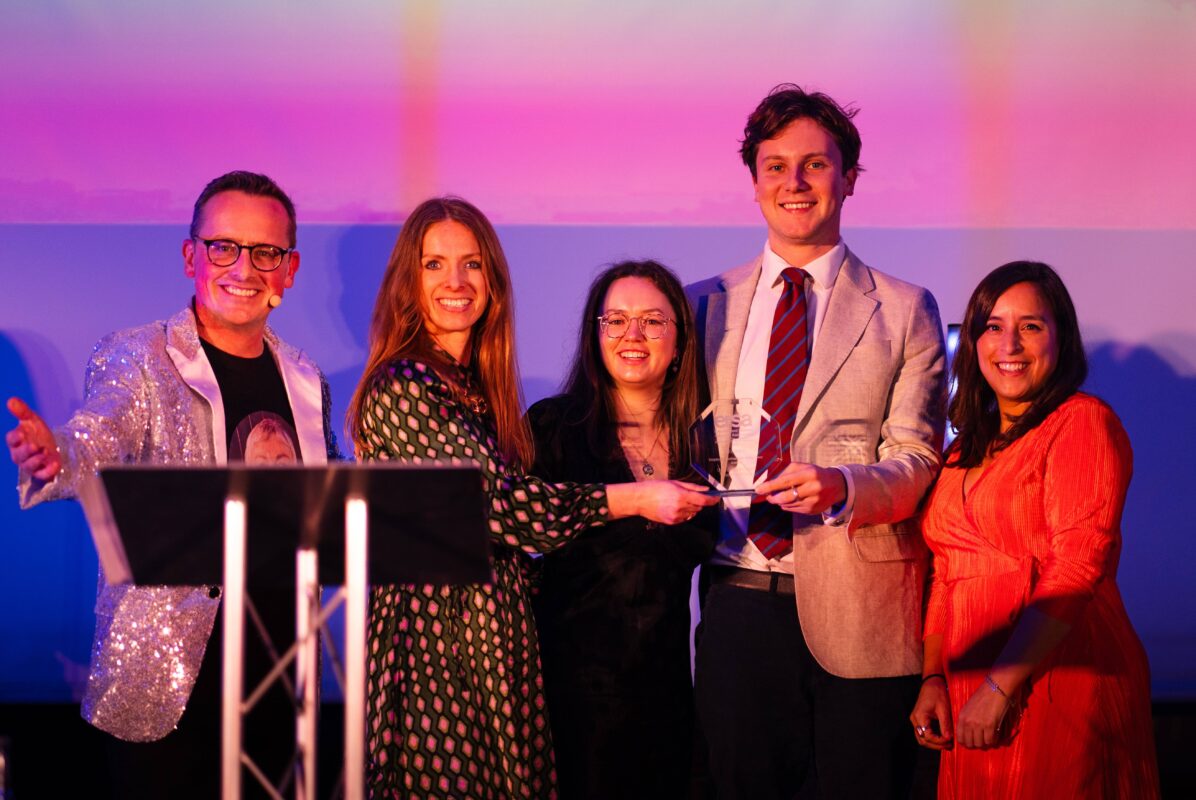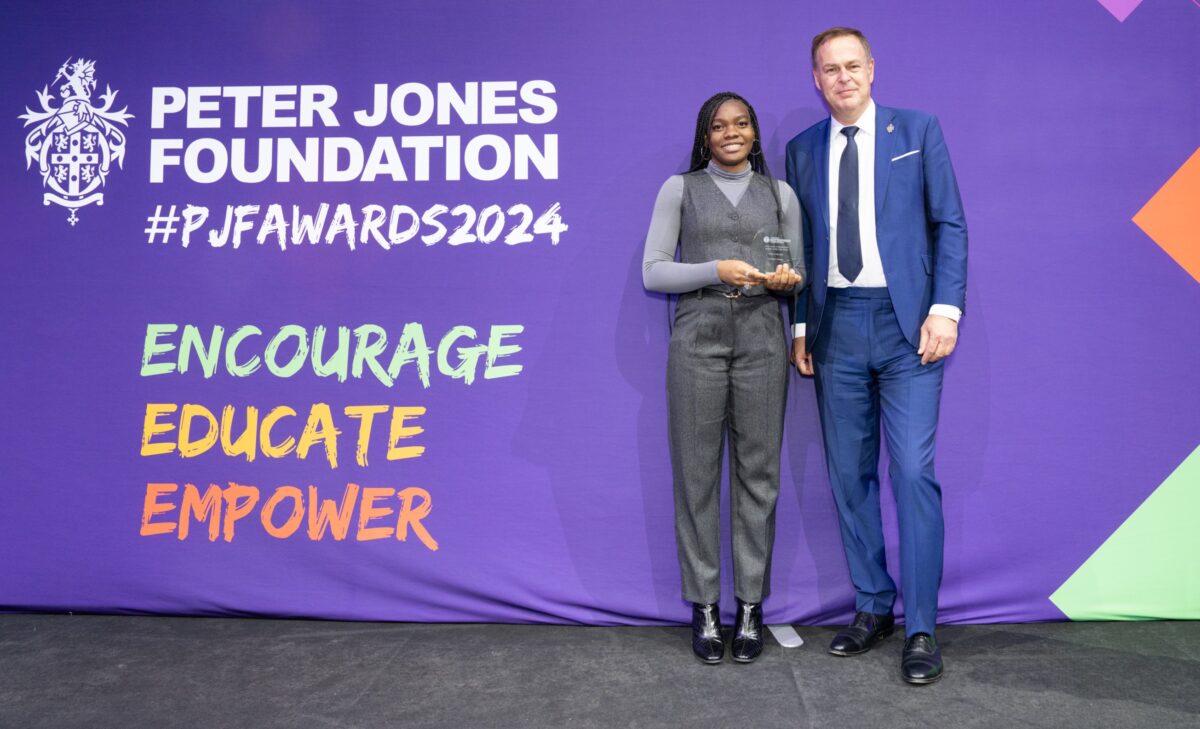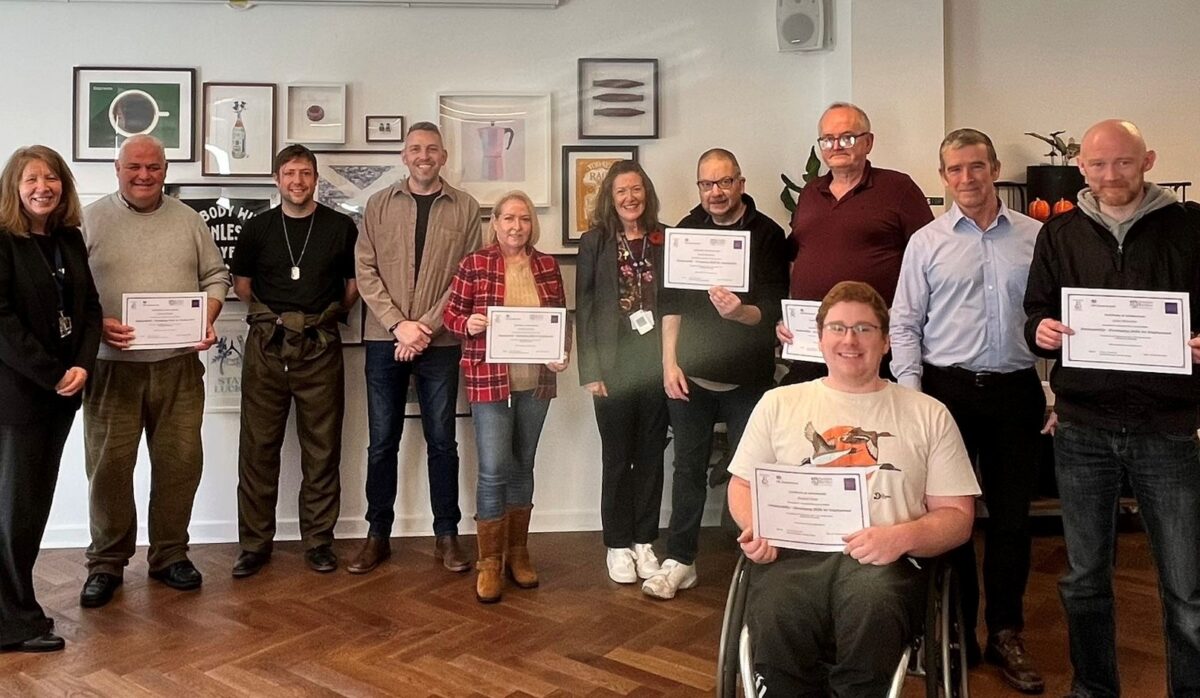The Top Tech Trends for Businesses in 2023

Throughout 2023, it is likely that many in the tech industry will be feeling mounting pressure. Geopolitical and economic uncertainties leaving businesses with little room for error. For IT leaders, finding ways to do more with less, while delivering a frictionless customer experience to remain competitive will become increasingly critical. These three trends will be at the forefront of engineering teams’ agendas over the next 12 months:
Trend 1: Omni-channel is essential
Seamless digital experiences are now expected as standard – which in part includes the omni-channel promise of an end-to-end digital experience. Poorly connected user journeys harm sales conversion and can damage customer relationships, leading to reduced long-term customer retention. Over the coming year, businesses must prioritise connecting all of their digital endpoints, which will help them track cross-channel customer journeys in real-time to meet their customers’ needs.
Customers also now expect personalised and optimised online experiences. To do this, engineers need to understand and observe the entire customer journey by analysing the data gathered and then efficiently acting on it. Observability is the most critical component for ensuring organisations have much deeper visibility between their front-end and back-end systems.
Trend 2: Providing detection, scoring, and prioritisation to cut through the noise
Monitoring has long been a staple for many businesses, providing engineers with alerts about possible performance issues. However, most of these tools often provide a surplus of alerts, and not enough information about what the issue is. The result is increased mean time to recovery (MTTR), which can in turn negatively affect critical processes within the business.
As such, noise reduction will undoubtedly be top of the agenda for many engineers in 2023. Engineers still need to be alerted about anomalies, incidents, security vulnerabilities, bugs, and tickets. But introducing a system that includes scoring and prioritisation reduces noise, toil, and fatigue will help engineers quickly identify, and fix, the most important problems.
We predict that AIOps will only become ever more important over the next year, empowering engineers to predict possible issues, understand their root causes, and drive intelligent automation to resolve them. Critically for engineers, this will provide a reduction in alert noise and the resulting fatigue.
Trend 3: Keeping top talent and hiring more
Businesses are nothing without the talent that runs them. However, the growing skills gap for essential functions in the tech stack are now affecting organisations’ abilities to operate effectively. Instead, they are having to spend a lot of time, effort, and resources on both talent acquisition and retention. For instance, engineers today want more freedom in their roles – they want to work remotely, using the equipment and tools of their choice. According to recent research, this includes a huge demand for observability and the enhanced working conditions it provides. More than half of respondents believe that observability improves cross-team collaboration for making software stack-related decisions, which increases developer productivity.
The improvements it provides are essential for properly running effective software engineering teams, which increases developer productivity. As a result, it is probable that 2023 will see more technology businesses investing in observability and other tools that can alleviate pressure on, and upskill, their staff.
Proper investment in innovative IT tools and practices such as observability, as well as providing effective talent retention programs and high-level training programs will ensure engineers are in the best position to succeed. The result: happy engineers and a healthy bottom line.
By Greg Ouillon, EMEA CTO











Responses